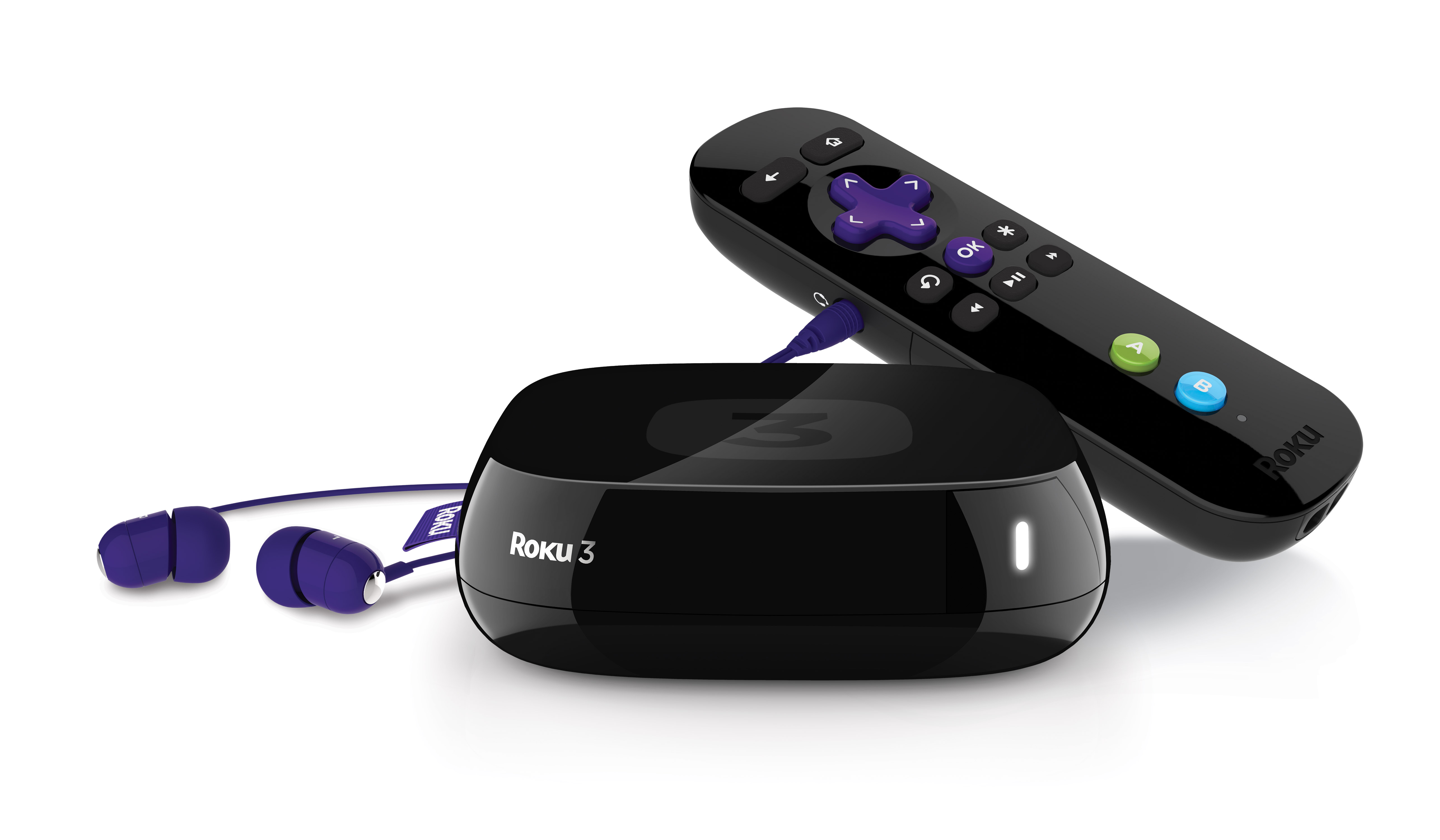
SAN FRANCISCO — If Netflix CEO Reed Hastings is the star of the Internet video-streaming phenomenon, then Roku CEO Anthony Wood is the best supporting actor.
Both men play pivotal roles in popularizing technologies that are shaking up the entertainment and broadband industries.
While Hastings gets marquee billing for building an Internet video service with 48 million worldwide subscribers, Wood has quietly worked behind the scenes making Roku streaming devices that make it easier and more enjoyable to watch Netflix’s vast library of movies and TV shows.
This isn’t the first time Wood, 48, has helped change the way that people watch TV. In the late 1990s, he invented one of the first digital video recorders and started ReplayTV – a company upstaged by fellow DVR pioneer TiVo Inc.
Roku, based in Saratoga, California, appears to be to doing so well that the privately held company is viewed as a prime candidate to go public during the next year.
Since its first streaming box debuted six years, Roku has sold more than 8 million devices used for streaming Internet video to the TV -still the biggest and most-watched screen in the house. Roku offers about 1,500 streaming channels, including Netflix rivals such as Hulu and Amazon Prime.
Roku’s early success prompted Apple Inc. to start treating its own video-streaming player as something more than a “hobby,” as its late CEO Steve Jobs once dismissively described the device. About 20 million Apple TV streaming devices have been sold, according to current CEO Tim Cook, and the business generates more than $1 billion in annual revenue.
Both Google Inc. and Amazon.com Inc. also have launched video-streaming devices in the past year to establish a toehold in a rapidly growing market. About 35 percent of U.S. households now have TVs connected to the Internet, according to the research firm NPD.
Wood shared his views on the convergence of Internet video and television in a recent interview with The Associated Press. The conversation has been edited for clarity.
Q: Where is TV headed?
A: To me, it’s pretty clear that all TV is going to be streamed. It’s either going to be streamed to a smart TV, a gaming console or a streaming player. That’s the way people are going to watch TV. Things like DVD players are going to go away. Cable boxes are obviously going away, too. DVRs are just a stepping stone technology. When everything is on demand, you won’t have to record anything anymore so that’s going to disappear.
Q: Do you still have a DVR in your house?
A: No, I got rid of my DVR when it broke. That was probably five years ago. It was a ReplayTV. We watch all our TV on demand anyway.
Q: How big do you think cord cutting will become?
A: The coolest thing about streaming is that it gives customers lots of choices. If someone just wants to watch movies on Netflix, they have that option now. There has been an explosion in the types of content you can get through streaming. If they want to have the best cable experience ever, including HBO Go and ESPN Watch, then they get cable service, too.
Where it will end up? I am not sure. I do believe people are watching more TV than ever and they have options. You don’t just have to watch what’s on pay TV or what’s on your DVR. The majority of our customers do have a pay-TV (cable or satellite) subscription, but a pretty good chunk doesn’t. More than 60 percent have pay-TV. About 35 percent don’t and they mostly just stream video.
Q: Are you worried about the competition from Apple, Amazon and Google?
A: Every time one of those companies come out with an announcement, our sales have gotten better. Anything that gets people excited about streaming, we’re for. Our sales are growing stronger than ever.
Q: You once predicted the DVR would be dead by 2020. Do you still feel that way?
Answer: That sounds right. I don’t think many people will be using DVRs six years from now.
Q: Given your history, does that make you melancholy?
A: No, it makes me excited. It’s just a much better world when you don’t have to worry about recording shows. DVRs are noisy, and they break, too.